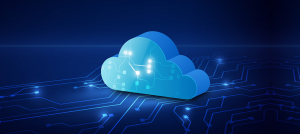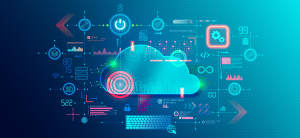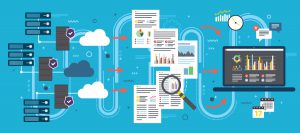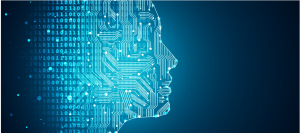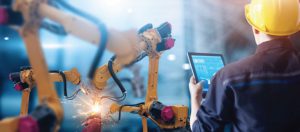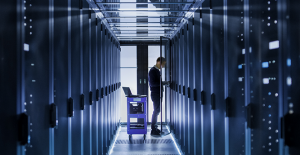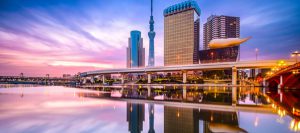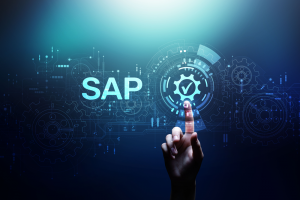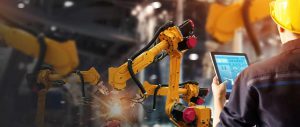Recognition is not a scarce resource. You can’t use it up or run out of it.
~Susan M. Heathfield
We have heard about the advantages of employee recognition. Employees who feel valued are more involved, driven, and willing to go above and beyond for their employer. Although they know the impact employee recognition may have on work and business performance, some firms value and recognise their employees timely. Organisations with formal rewards and recognition programs have a 31% lower voluntary turnover rate than those that do not. They are 12 times more likely to have successful business results.
Recognition programs work because they concentrate on the positives and send a clear message to employees about organisaiton accomplishments, future strategic growth plans and execution capabilities building to achieve them. This gives employees opportunities to internally grow along with company and rewarding excellent performance and achievements, aligning organiation goals and employees desire will keep them engaged and motivated to improve their potential. Through these initiatives, employees are encouraged to create and achieve goal & new milestones. Reward & Recognition can be monitoric and non monitrice benefits, both short term and long term.
What connects employee recognition and employee engagement?
Take time to appreciate employees, and they will reciprocate in a thousand ways.
~Dr. Bob Nelson
Do you agree?
You can tie employee engagement to offices, units / factors, including productivity, objectives, rewards, growth, and management efficiency. Perhaps one of the most significant factors in employee engagement is recognition.
Other aspects of recognition that promote employee engagement include:
 The organisation’s senior management regards individuals as their most valuable resource.
The organisation’s senior management regards individuals as their most valuable resource. They know they will be honoured timely, if they add to the organisation’s success.
They know they will be honoured timely, if they add to the organisation’s success. They are aware of how their work contributes to the organisation’s success.
They are aware of how their work contributes to the organisation’s success.
What is the significance of employee rewards & recognition?
Increases employee enthusiasm
Rewards and recognition help employees stay on track and increase self-confidence. While business projects promote teamwork and give employees something to aim for, rewarding them for doing something well will motivate them to do it again.
Improves Employee-Manager Relations
People do not quit their professions; they quit their managers. The interaction that employees have with their managers accounts for a large portion of the employee experience. Managers can use rewards programmes to interact with their team members and express their gratitude. It aids both parties in bridging their differences as appreciated employees always work harder to achieve the company’s goals.
Promotes healthy competition
Incentive packages foster a spirit of healthy competition among employees. Employees will compare their productivity with others to improve their performance in the future, and when they reach the top of the rankings, they feel a sense of accomplishment. When an individual or a team attains a goal, their achievement should always be shared with the entire organisation as it promotes awareness and motivates employees to give their best.

Maximises the productivity
Employees are more engaged at work when their achievements are timely recognised, whether orally, appreciation letters, certificates or in the form of a monetary prize. Teams of employees working collaboratively are more efficient since they use their time and focus in more creative ways to achieve goals and see visible results. Employees that are more involved and passionate about their work are more likely to take responsibility for their assigned activities and complete them on time.
Improves employee retention
Employees that are satisfied and active are more likely to stay with the company. According to an HR professionals survey, 68 percent believe their recognition programmes help retain employees. Employees prefer to work for companies that cherish them and show it through their behaviour. Awarding and appreciating employees is the kind of engagement that will keep them aboard and aid in its future growth and improvement.
Makes your workplace a happy place to work
Employees who are satisfied, motivated, and respected are more efficient and cheerful. As these emotions are viral, it leads to a more passionate and fulfilled workforce. Highlighting triumphs on monitors across the office and announcing successes, whether a single tweet or a “wall of fame” option on your recognition programme, always works!
Incorporating peer recognition into the workplace
Here’s how to make recognition work for your organisation rather than the other way around:
 Communicating the Organiation DNA, Vision, Values & Mission is very important with all employees across organisation regularly.
Communicating the Organiation DNA, Vision, Values & Mission is very important with all employees across organisation regularly.
 Selecting the right platform for rewards & recognition programme.
Selecting the right platform for rewards & recognition programme.
 Have a company-wide solution, involve business leaders that isn’t just an HR project.
Have a company-wide solution, involve business leaders that isn’t just an HR project.
 Allow everyone to participate in giving and receiving praise, feedback (using 360 Degree Survey, Pulse Survey etc.)
Allow everyone to participate in giving and receiving praise, feedback (using 360 Degree Survey, Pulse Survey etc.)
 Be Yourself and Better Yourself – We are all different so why benchmark against anyone else? Be your own benchmark, set it high and constantly beat it. Even a small improvement every day will take you to whole new levels.
Be Yourself and Better Yourself – We are all different so why benchmark against anyone else? Be your own benchmark, set it high and constantly beat it. Even a small improvement every day will take you to whole new levels.
 Many Cases peer-to-peer recognition programme is simple to use and accessible both online and offline.
Many Cases peer-to-peer recognition programme is simple to use and accessible both online and offline.
 Allow teams / coworkers to take part in employee accomplishments.
Allow teams / coworkers to take part in employee accomplishments.
 Leaders should constantly involve employees and share the importance of praising good work and improvement areas.
Leaders should constantly involve employees and share the importance of praising good work and improvement areas.
 Continuously provide feedback and sharing best practices / learning with other teams, projects to reduce time, cost and improve employee producitivty.
Continuously provide feedback and sharing best practices / learning with other teams, projects to reduce time, cost and improve employee producitivty.
Employee rewards & recognition with Motherson Technology Services HRIS1.
Our comprehensive worldwide HR information system, HRIS1, allows business executives, management, and HR to digitally transform the whole employee journey, allowing them to manage end-to-end HR operations while aligning people’s strategy with business priorities.
Visit , HRIS1 for a detailed demo now!
About the Author:

HRIS TEAM






